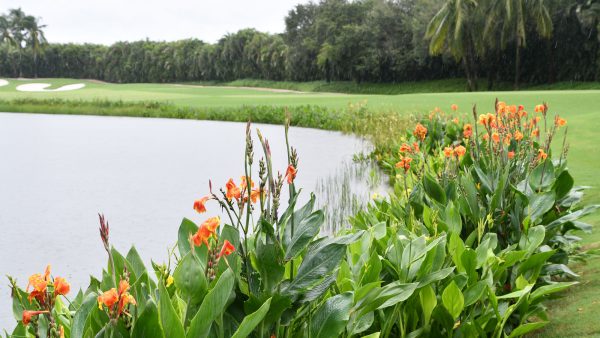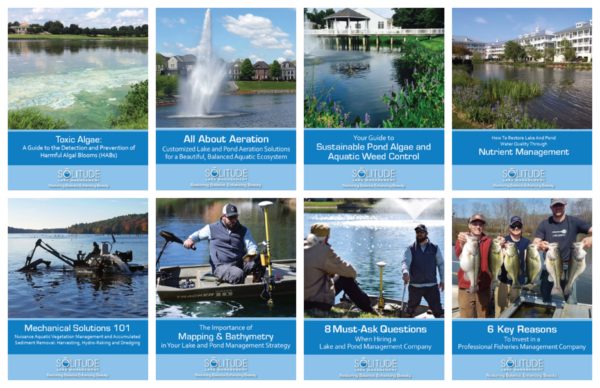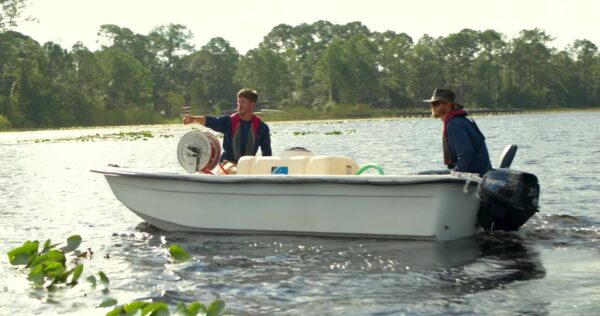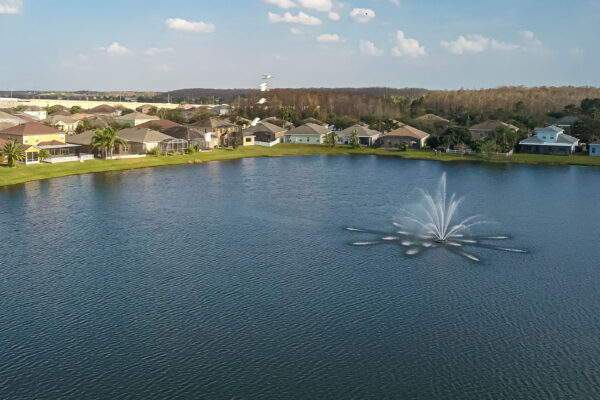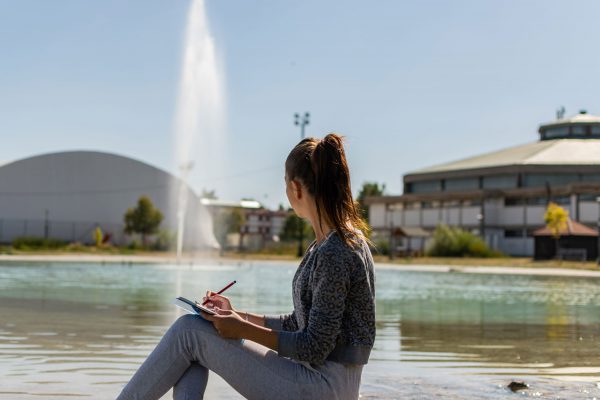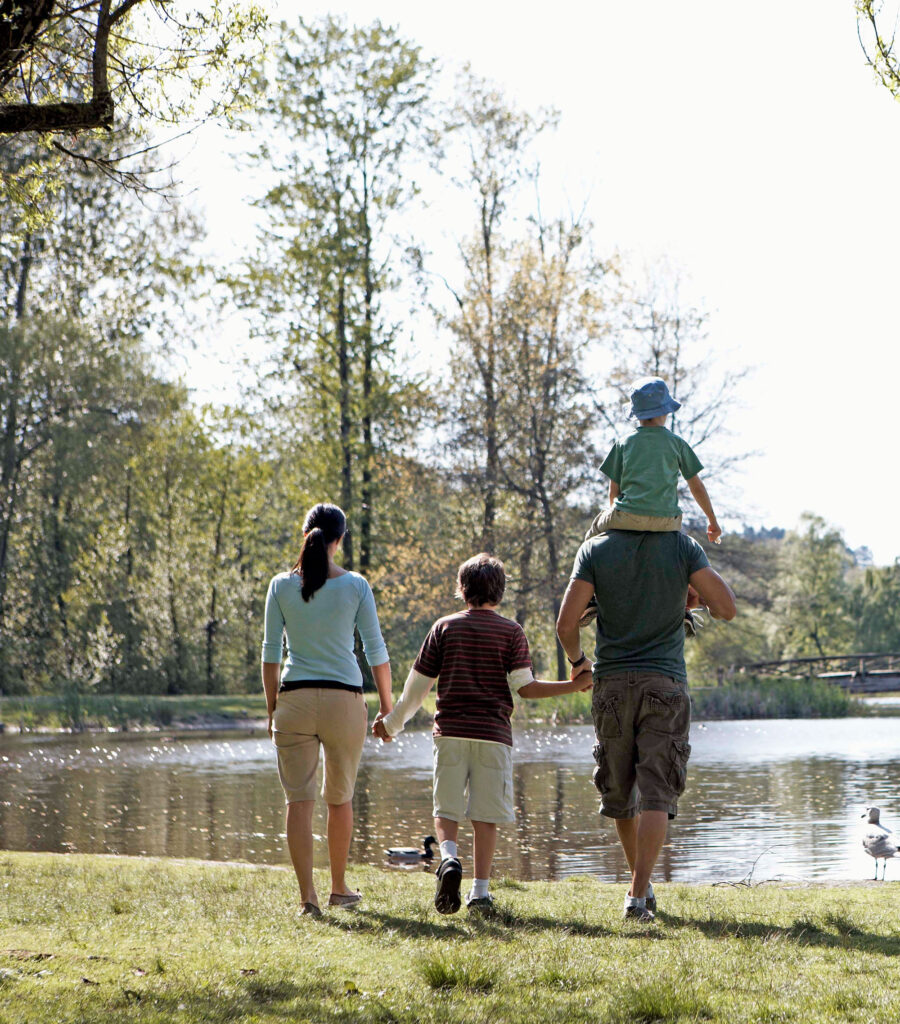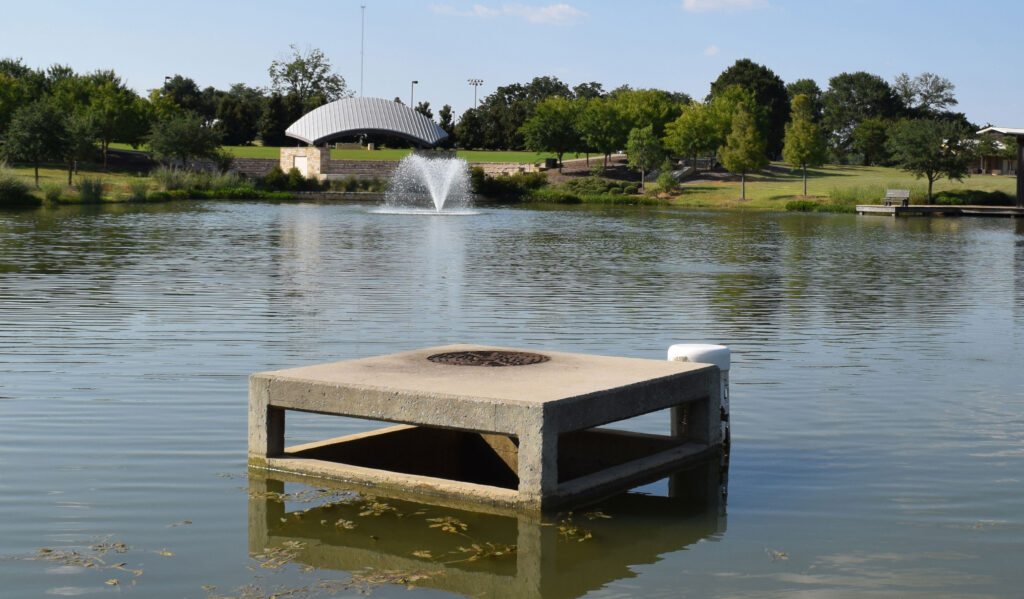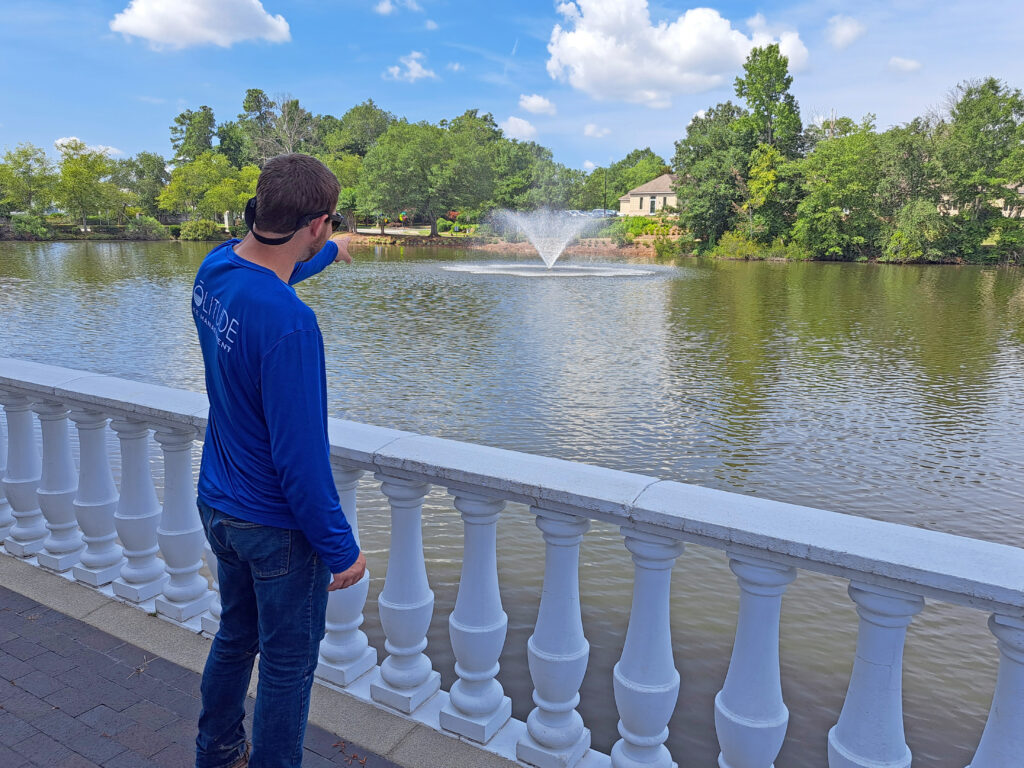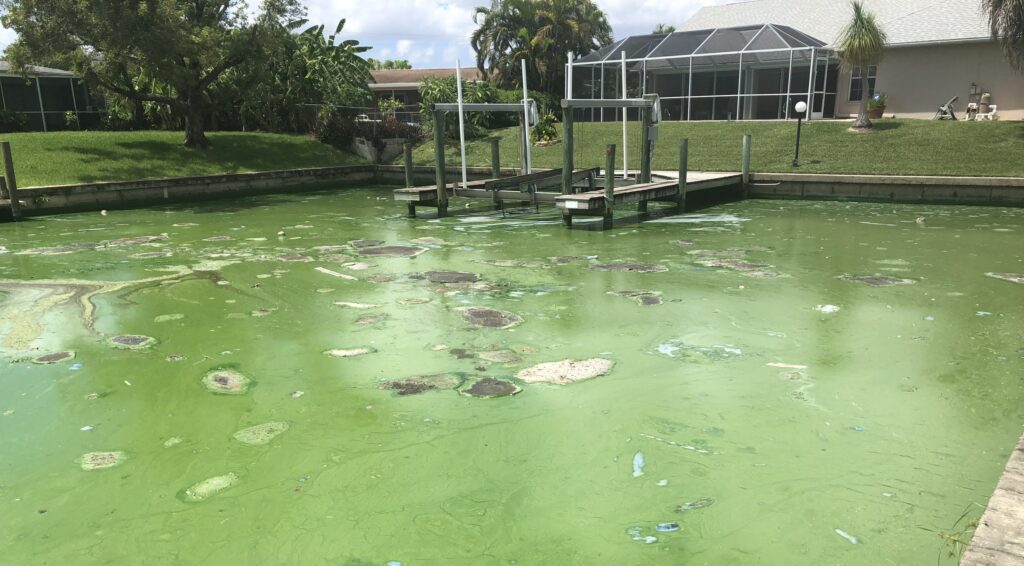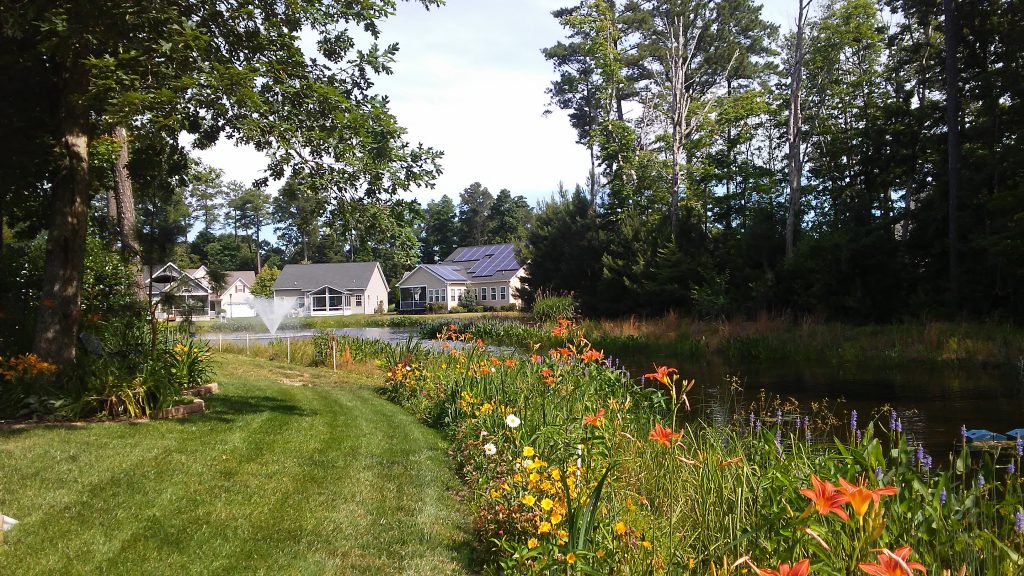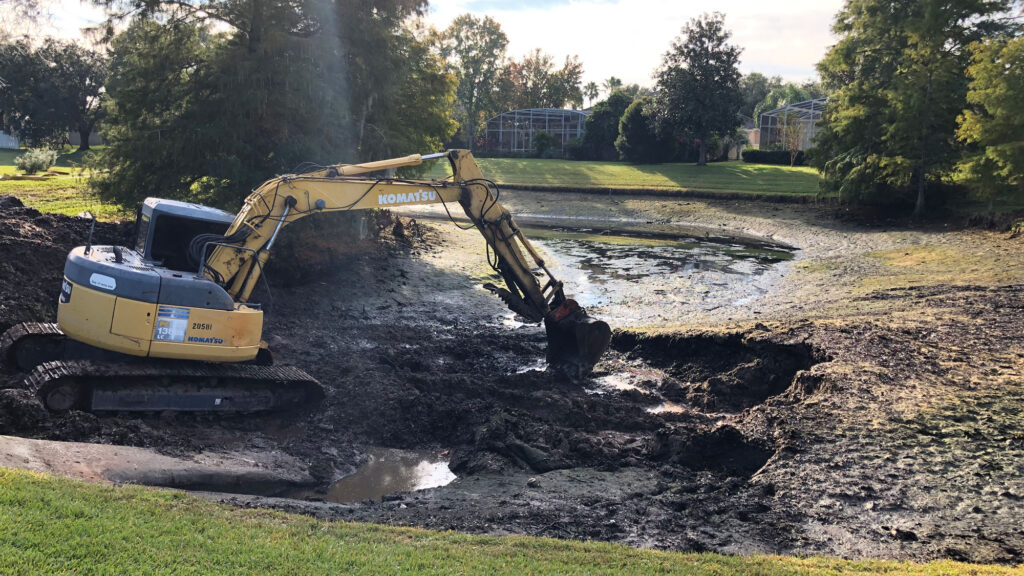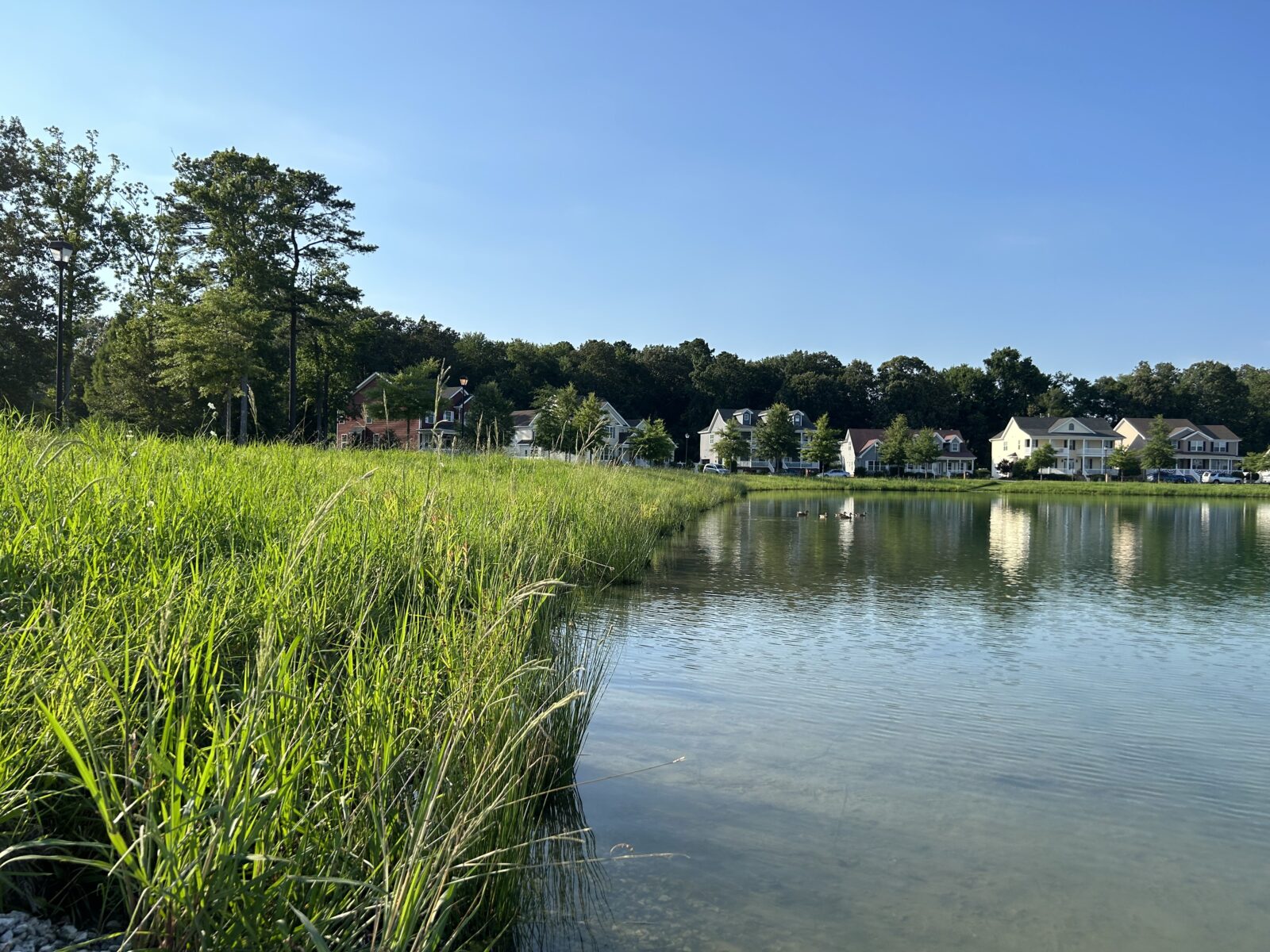
What You Need to Know About Pond Management as a New Property Manager
Taking on the new role of property manager for a homeowners association or residential community can be an exciting yet challenging venture. It involves navigating through a myriad of new information, understanding community dynamics, and ensuring operations continue to run smoothly during the transition period. One aspect of community management that often surprises new property managers is the complexity of community lakes and stormwater ponds.
Ponds play an important role in communities
When it comes to maintaining healthy, beautiful aquatic ecosystems, there is a lot more than meets the eye, and it can be overwhelming to learn that poorly managed waterbodies are a big source of complaints among residents. Stormwater ponds are important functional resources that collect rainwater, filter pollutants, and prevent flooding during storms. Improperly maintained equipment can lead to damaged community infrastructure and have devastating financial consequences.
5 facts you need to know about pond management
Community managers must become well-versed in the unique challenges of pond maintenance and learn effective strategies to preserve the longevity of these resources. Effective management is not only crucial from a functional perspective, but it is also an impactful way to enhance the value and desirability of a community. Lakes and ponds offer much more than just a pleasant sight for passersby – they have the potential to be community focal points for fishing, nature watching, picnics, and other activities. Here are five key facts you should know as you begin your new pond management journey.
1. Most community ponds are man-made
First, it’s important to understand that most community waterbodies are man-made. In urban spaces, there are few areas where water can naturally be absorbed into the ground. Instead, it flows over roads, sidewalks, and other impervious surfaces. Stormwater ponds prevent flooding by safely redirecting water to nearby streams, rivers, or lakes.
2. No two waterbodies are the same
Ponds are constantly changing and influenced by dozens of factors, including weather patterns, sunlight, topography, land use, their depth and size, and even wildlife that are present in and around the waterbody. Because no two waterbodies are the same, a one-size-fits-all management program is less likely to help you achieve your goals; strategies that work for a pond in another community may not work for yours, so it’s important to develop a custom plan that supports the unique characteristics of your waterbody.
3. Ponds “age” naturally, but human activity is accelerating this process
Over time, lakes and ponds undergo a natural aging process called eutrophication, where they accumulate nutrients like phosphorus. However, human activities can accelerate this process through poor agricultural and landscaping practices, urban development, fertilizer use, and pollution stemming from trash, detergents, sewage, pet waste, and motor oil. Stormwater ponds that become inundated with excess nutrients are more likely to develop nuisance aquatic weeds, algae, and toxic cyanobacteria (blue-green algae). It’s important to educate community members about these nutrient pollution sources so they can make responsible choices that support healthy community waterbodies.
4. Shoreline maintenance is equally important
Lake and pond shorelines play a direct and vital role in the health of a waterbody. The shoreline acts as a buffer zone between land and water, providing a transition area that supports a diverse range of plant and animal life. Healthy shoreline vegetation helps filter pollutants, stabilize the soil, prevent erosion, and reduce the impact of stormwater runoff. Shoreline deterioration is often the first indicator of an unhealthy waterbody. In addition to endangering residents and increasing liability concerns for a community, unstable shorelines can exacerbate nutrient loading and other water quality problems.
5. Proactive management goes beyond weed and algae control
Weeds and algae are not just unsightly, they’re often a symptom of a more serious problem. During the eutrophication process, the bottom of a pond accumulates eroded sediment, animal waste, and plant matter that create a layer of muck as they decompose. Over time, water quality can deteriorate and the pond will lose depth and volume until it no longer holds stormwater as intended. Once reaching this point, dredging will be required to reset the waterbody to its original form.
Dredging is one of the biggest expenses a community may ever face, which is why it’s important to budget several years to decades in advance and implement preventative measures to slow its decline. Preventative water quality testing and lake mapping are essential to aid in reserve studies and financially prepare for eventual dredging needs.
Educate residents on the importance of proactive management
Once a new community manager understands these basics and the benefits of getting ahead of pond problems before they occur, they may face the additional challenge of getting residents on board with investing in a proactive management program. This is often due to a lack of understanding and allows community managers to demonstrate their leadership through education and mediation. Neglected stormwater equipment can result in flooding that endangers residents and damages homes, parking lots, landscaping, and amenities. Eroded shorelines can increase the likelihood of falls and accidents. Stagnant water promotes mosquito breeding, posing health risks from mosquito-borne diseases. The value and desirability of a community can plummet as a result.
Successfully informing residents about these dangers can help cultivate a sense of collective responsibility and foster more effective working relationships between residents and community leaders. A professional pond management partner can assist in this process by implementing science-backed maintenance strategies and keeping leaders informed on the progress of their programs. When considering a management partner, look for one that not only prioritizes an integrated approach, but also works to understand your “why” – whether that’s to restore beauty to your community, delight and attract new residents, increase safety, reduce long-term expenses, or all of the above.
Become the champion for your community and maintain beautiful water
Ultimately, expanding knowledge and proficiency in pond management is crucial for property managers who want to establish themselves as competent and reliable leaders. It enables them to educate community members, gain support for investing in essential services, create new recreational opportunities, and make informed decisions that benefit their community’s value and well-being.
Maintain Beautiful Water for Residents
Contact Us to Enhance Your Property's Water
Call us at 888-480-5253 or complete the form below to connect with an aquatic management expert.
SOLitude Lake Management is a nationwide environmental firm committed to providing sustainable solutions that improve water quality, enhance beauty and preserve natural resources.
SOLitude’s team of aquatic scientists specializes in the development and execution of customized lake, stormwater pond, wetland and fisheries management programs. Services include water quality testing and restoration, algae and aquatic weed control, installation and maintenance of fountains and aeration systems, shoreline erosion control, muck and sediment removal and invasive species management. SOLitude partners with homeowners associations, golf courses, private landowners, businesses and municipalities. SOLitude Lake Management is part of Rentokil, a leading business services company, operating across the United States, Canada and Puerto Rico.
For more information, visit SOLitude Lake Management at solitudelakemanagement.com, and connect on Facebook, LinkedIn and Twitter.

